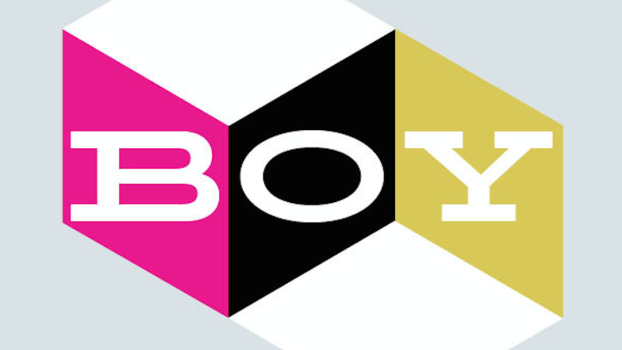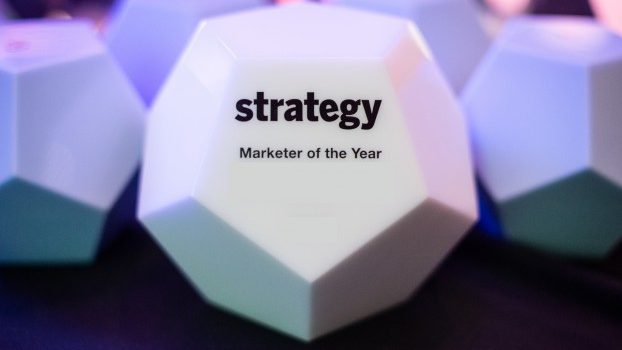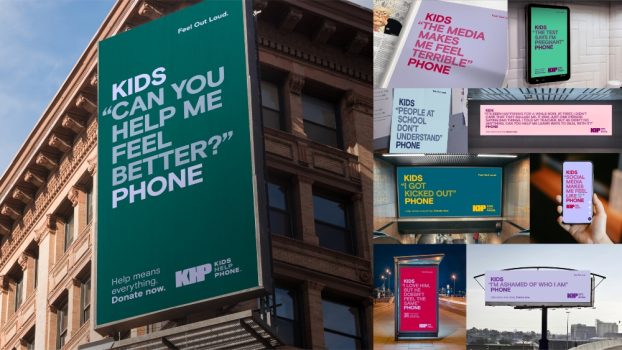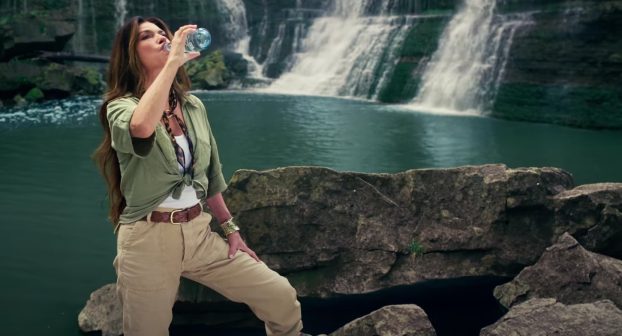There are marketing lessons to be learned from the launch of Disney+ last year, argues a new Forrester report, and they aren’t limited to the media business.
Disney’s streaming service attracted 10 million users in a single day. Meanwhile, Forrester points out that Netflix needed three years to hit the 10 million subscribers mark after it launched its video streaming service. What’s more, it predicts Disney+ will reach 60 million subscribers globally before the end of this year – earlier, even, than the company itself expects. This would make Disney+ the third-most important streaming platform in the U.S. behind Netflix and Amazon Prime.
Competition among streaming services continues to heat up, Forrester notes, with Apple TV+ launching two weeks before Disney+, and NBC and Warner Media planning to launch their own streaming services this year. But the research firm predicts no other player will be able to match Disney’s success for a reason that should interest all CMOs: in short, the company has built a digital relationship with customers that “can’t be matched.”
“Digital relationships aren’t just about having the best product,” writes James McQuivey, the lead author of the report. “They are about using scalable tech to tap into emotions from the past, novelty in the present, and confident anticipation of value in the future.”
First, Disney taps into consumers’ emotions through memories they formed growing up. By acquiring Pixar, Marvel and Star Wars and rounding out its already-strong Disney name, the company has extended its reach across entire generations, notes McQuivey. Secondly, although Disney is light on original content compared to competitors like Netflix and Amazon, it nevertheless satisfies viewers’ need for new content through series like The Mandalorian, which builds on minor characters found in the Star Wars universe. In short, it provides an experience that is familiar, offering new stories while also meeting expectations viewers have of an established series, writes McQuivey. “The emotions of the past fuel the initial interest. The novelty of the present is the turbo boost that gets shot out into social media.”
Finally, Forrester believes Disney+ offers a “promise of infinite value in the future.” Like all subscription services, its model relies on being able to convince consumers that future value is always just around the corner – like magazines in the 1970s and cable TV in the 1990s, according to the research firm. “Disney+ is successful because viewers rightly expect that it will generate new experiences that they can’t currently imagine but have every reason to believe they will enjoy.”
Not all brands have the power of a childhood classic or a blockbuster franchise behind them. Still, Forrester suggests brands should target the emotions they want to amplify, using data and insights to “zero in on the emotions your customers genuinely feel when they consider you.”
The research firm also cautions that being a “tried-and-true” brand is useful, but that being able to easily identify things that are new about your brand is critical to keeping customers around. Forrester suggests specifying what promises a company can make to its customers – and making them. These promises can range from the reachable to the aspirational, it says, “but you must have an answer or your marketing message, not to mention your CX design, will fall into the abyss of the generic.”
As a final step, once the other boxes have been checked, Forrester suggests organizations should open themselves up to feedback from their employees. “Use this exercise to evaluate whether your answers to our emotion, novelty, and promise questions result in things that you and your employees want to invest your time and commitment in. If not, it’s time to reboot,” the report notes. “Digital disruption creates the opportunity as well as the imperative to do so.”
























